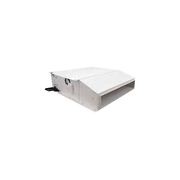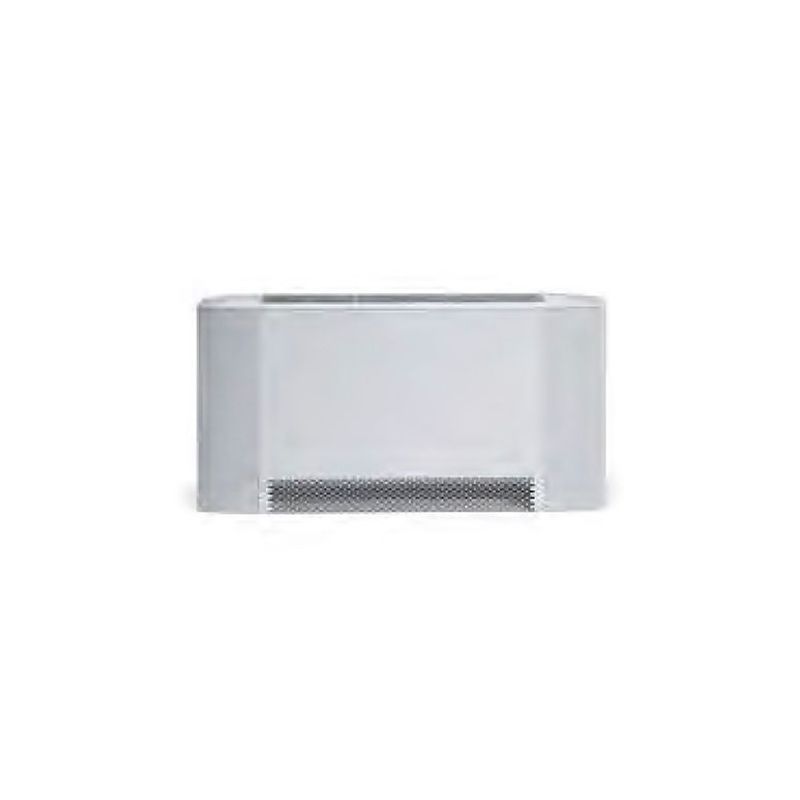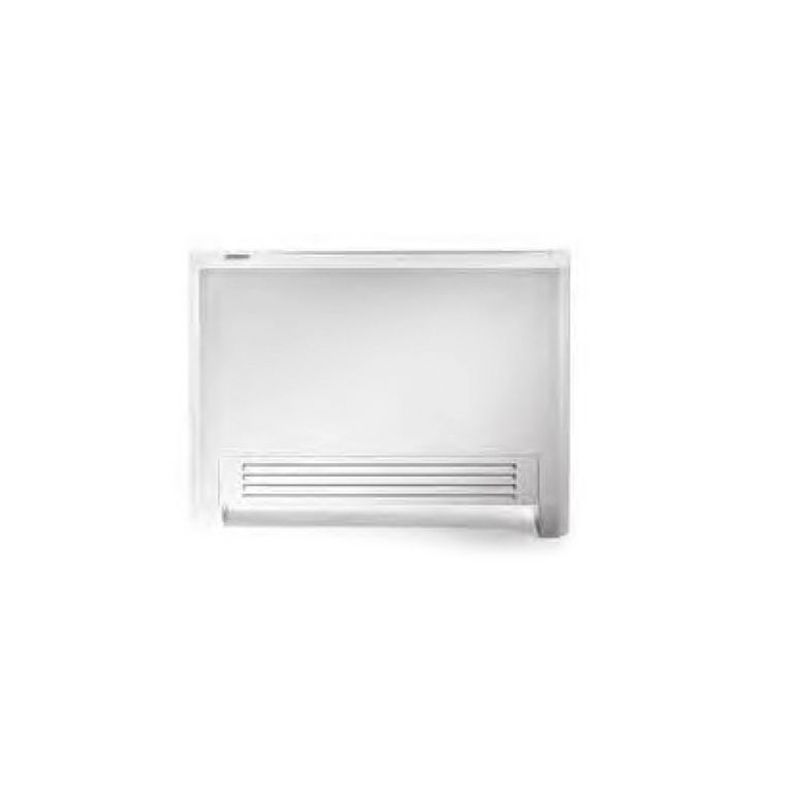Aertesi LNH
SolutionAirDetails
- CategoryVentilation Components
- RangeFan Coil Units
- BrandAertesi - Italy
Specifications
Downloads
Other products in this range
Projects featuring Aertesi LNH
About the
Seller
At Solutionair, we are committed to enhancing the quality of indoor living
through high-performance ventilation solutions.
Since 2010, we have dedicated ourselves to addressing the essential need for fresh air, reducing the health risks associated with damp and mold in homes, and ensuring that new builds and existing homes alike benefit from effective ventilation systems. Our mission is to support healthier, safer indoor environments across New Zealand, providing our clients with reliable, innovative solutions for sustainable and comfortable living spaces.
- ArchiPro Member since2020
- More information








